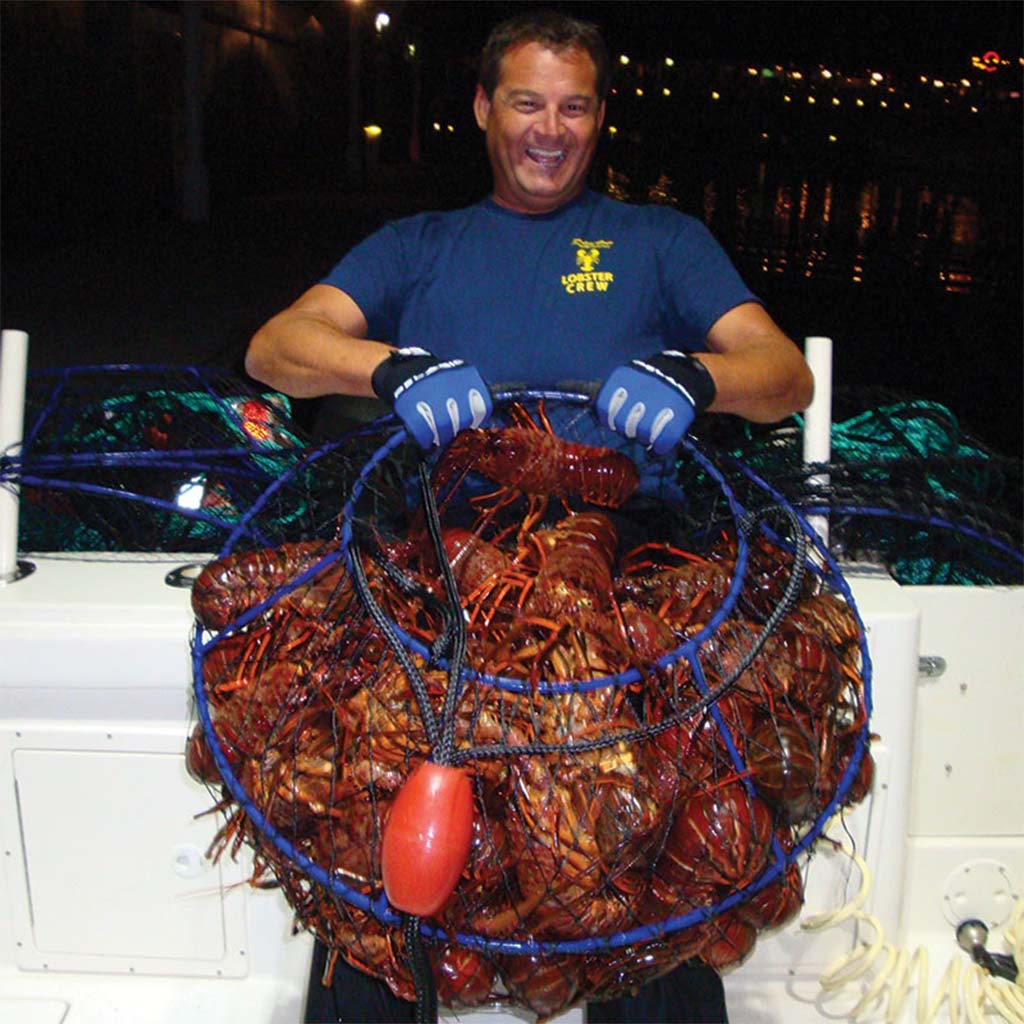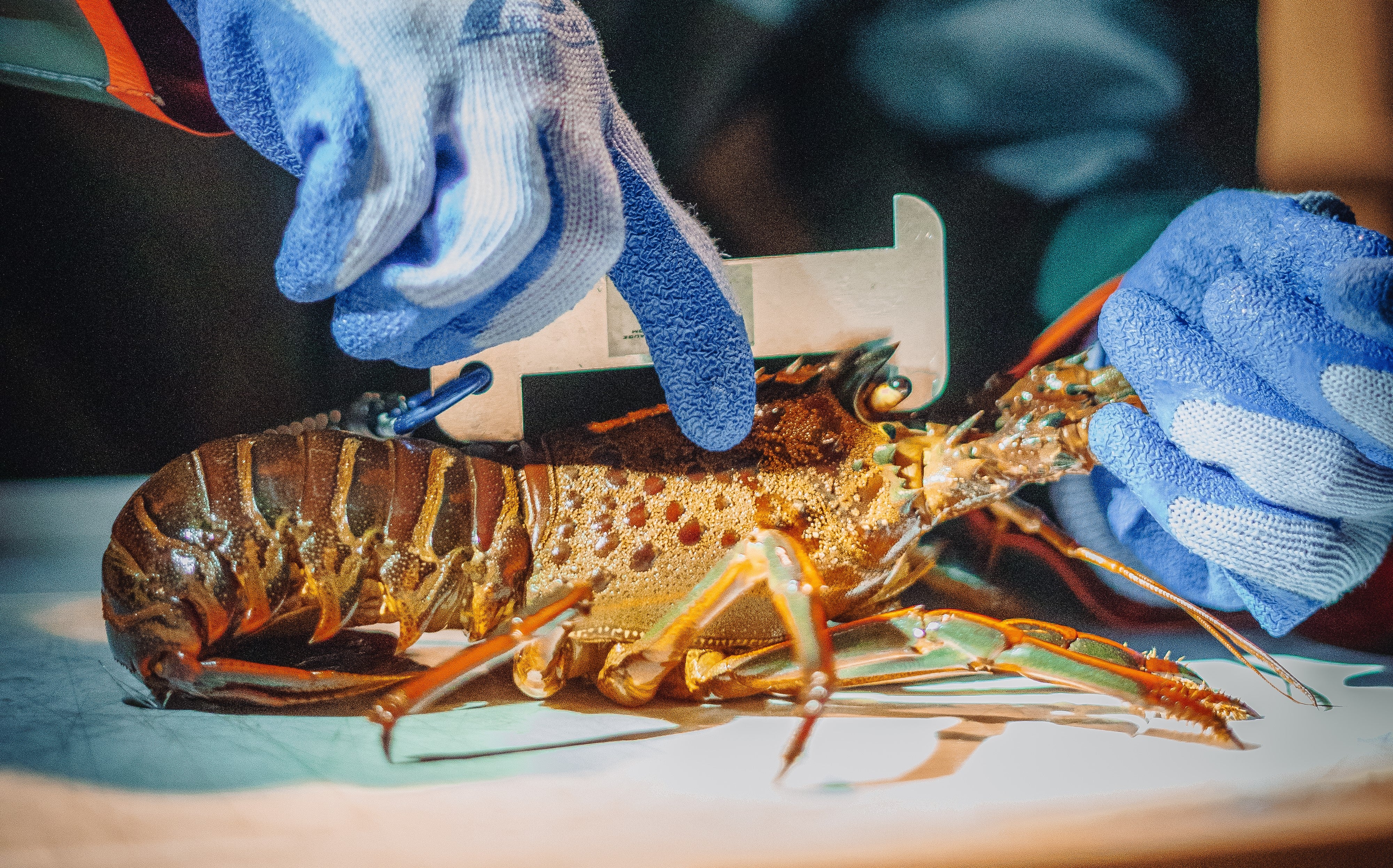
LOBSTER HOOPING BASICS
By Jeremiah Daluperit
Promar | Ahi USA – Pro-Staff
If you’ve always wanted to try your hand at catching local lobster but have only heard stories from friends, there is a way you can get in on all the glory of bringing home these tasty ocean bugs and eat like a king without paying the high supermarket prices.
Things you will need when targeting lobster:
California Sportfishing license with ocean enhancement stamp (required for anyone 16 years old or older).
California spiny lobster report card (required by all who fish for lobster).
A sturdy hoop net (my hoop nets of choice are the Ambush Series by Promar).
A bait cage for deeper water and a sealproof bait cage for bays, harbors or piers where seals can be a nuisance. All Promar hoop nets feature a patented double-layered bait holding pouch built into the center ring.
Rope of various lengths for the depths you’re fishing.
Lobster/Crab Gauge to check your catch.
If fishing from a vessel, you’ll need a marker buoy and some light sticks as well as reflective tape.
A pair of reliable puncture resistant, preferably insulated, gloves.
More on Bait
Bait is usually a personal preference and what works for you. What the guy next to you is using might not work the same for you. Your best bet is something fresh and oily like sardines, mackerel, and bonito; some people prefer salmon heads. You’ll want bait that will create an oil slick in the water. It's always best to use fresh bait, nothing you’ve had in your freezer for the last month or two. Always make sure you are using fresh bait. As a general rule of thumb, I let my hoop nets soak anywhere between 15 to 20 minutes at the most since most of your bait’s scent trail will have vanished by then.
Cold Weather Tips
Now that we are in the colder winter months, you will notice your catches will diminish and you’ll find less lobster in your local bays, harbors and/or piers. Chances are they have made a move to deeper water. As an ex-commercial lobster fisherman, I’ve found that while I used to get large catches in the first 3 to 4 weeks of the season in 15 to 75 feet of water, when the weather got colder, I would have to venture out to 200 to 350 feet of water. This makes it a lot more difficult for anglers fishing from shore; however, there are plenty of local charters running lobster hooping trips regularly.
Other Things to Consider:
Your main line knot is just as important as the knot you tie from your rod to that $20 jig you are afraid to lose, so make it a good knot.
Per new State regulations for 2018, all marker buoys must be visibly marked with your Go ID Number which is printed on both your fishing license and lobster report card.
I hope you find this information useful and that you’re able to apply it very soon. Remember to always protect our resources, be safe and have fun out there. Check back soon for part 2 of this blog where I go more in depth about how to locate and target California spiny lobster. I'll also share more helpful tips which have worked for me throughout the years.



